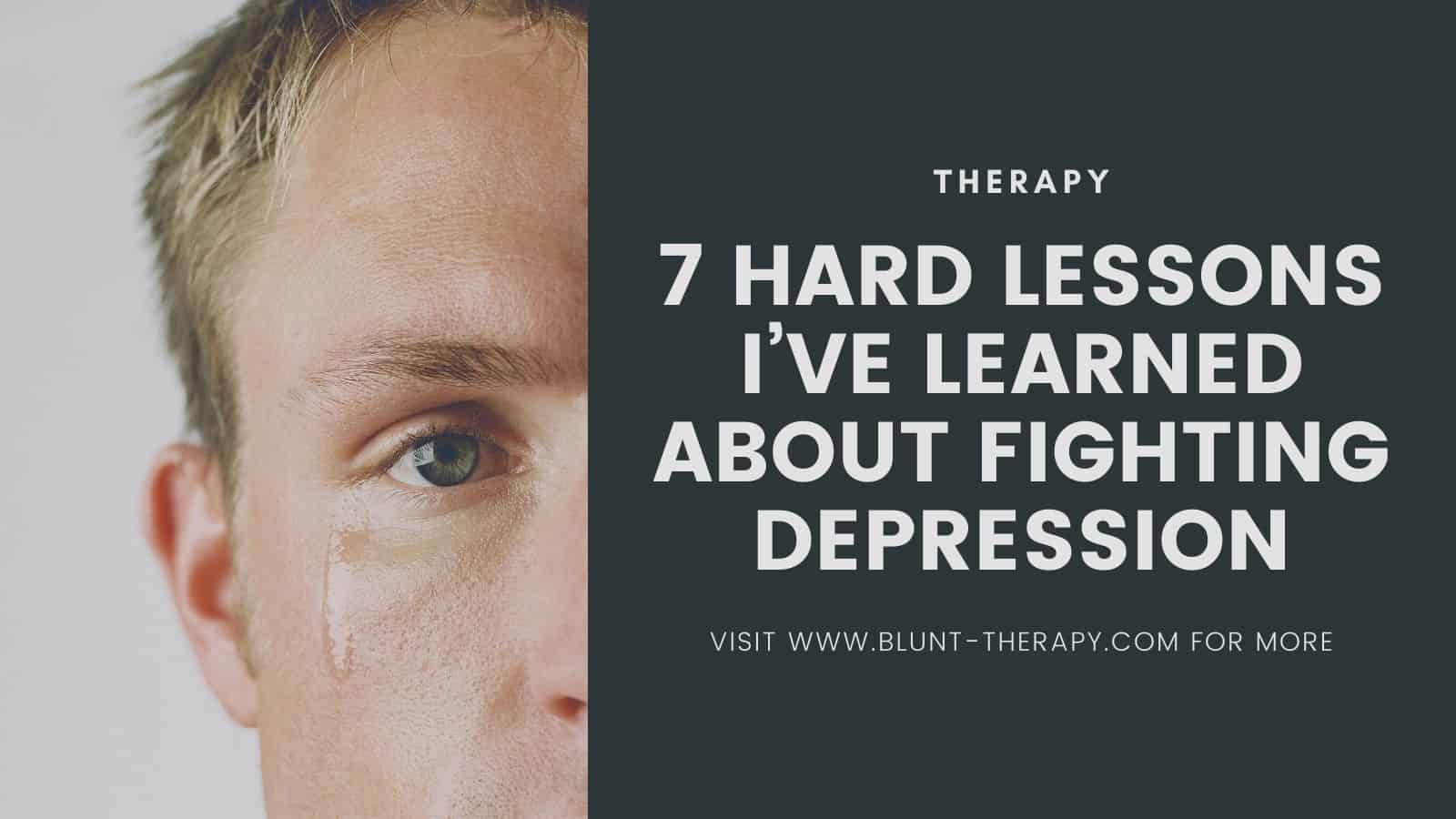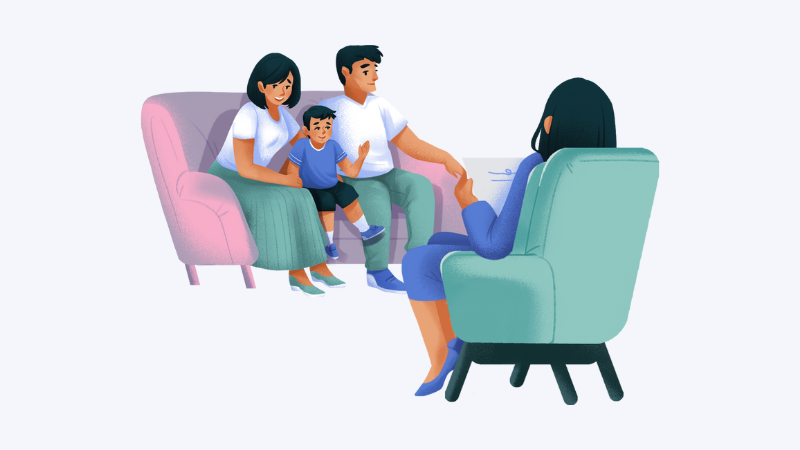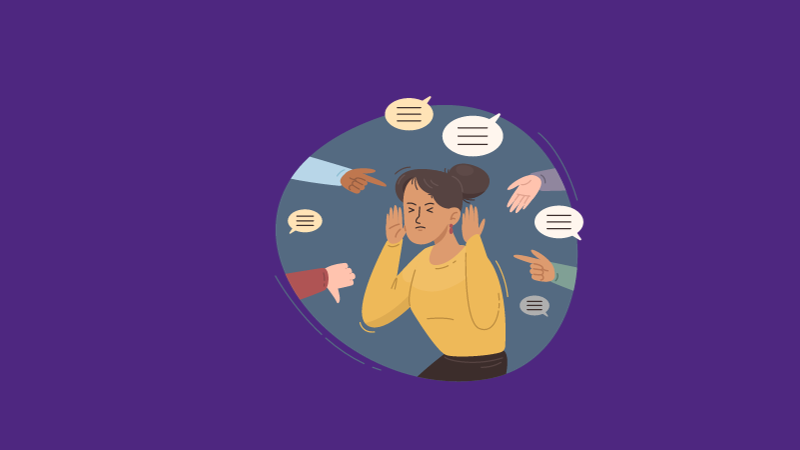Table of Contents
Affiliate link notice: As an affiliate of BetterHelp and other third-party vendors, We will receive compensation if you make a purchase using the links provided on this page. For more information, visit our disclosure page.
Last Updated on December 12, 2021 by Randy Withers, LCMHC
Each year over half a million people show up at emergency rooms because they are contemplating suicide, or they have already hurt themselves. In the year that follows this visit, these people are at high risk for completing suicide.
This is the nightmare scenario for anyone who care about these patients. Family and friends will carry the burden of wondering what their role is in preventing tragedy in these peoples’ lives (I will refer to you as “family”, but this includes close friends).
Because this topic is so important, I think it deserves some guideposts for those involved who care about people at risk for suicide. There are of course other reasons to be concerned about suicide than an ER visit. Our purpose here is to review how to approach things after some event, like an ER visit, has already happened.
The first such guidepost is to understand what your role is as someone close to a person at risk for suicide. This is relevant at the very beginning as merely having a mental disorder puts you at greater risk of suicide, but not all people’s risk is one that needs active attention.
So how do you figure out whether or not your loved one is at risk? You ask the main clinician. Anyone can look up risk factors, but your concern is one person. Become educated about your loved one.

How To Get Involved
Let’s assume then that the treatment team feels there will be ongoing risk of suicide. Is it your role to figure out when someone is in trouble because they are suicidal? No. You are not the treating clinician. Your job is threefold:
•Observe for signs of suicidality.
•Be able to talk with the patient about suicidality.
•Know what appropriate care looks like for when the patient is at risk and the clinician takes over.
Let’s look at each of these points.
It is very difficult to predict when someone is truly about to attempt to take their life. That task should be left to the clinician. Your job is to watch for direct and indirect signs. Direct signs are when a person says they feel like hurting or killing themselves.
Indirect signs are early warning signs that someone is worsening (have a system set up), they say very negative things like “life is not worth it any more” or “I am useless.,” or they try to gather means of suicide like saving up pills or acquiring a gun.
(As a side note, people who have been suicidal should never own guns. Suicide attempts are most successful with guns).
Beyond this do not try to figure out what the risk is. Go right to the patient and discuss it. This should be done before contacting the clinician or other help if possible. You will have much more to tell these people if you take this step and you may change the outcome of these later conversations.
How To Talk About Suicide
When discussing suicide remember these things:
1) You will not make anyone suicidal by saying the word “suicide” or asking about how someone might hurt themselves. In fact, effective interventions are ones in which suicide is mentioned and talked about directly.
2) Showing that you are comfortable with the words and the discussion takes some of the power and shock out of thoughts of suicidality. Such thoughts may be normal for the person. If so, it will be reassuring that they can discuss it without upsetting you. If the thoughts are new, it may be scary for the patient. Again, your calm and serious tone will be very helpful.
3) Ask about a plan. How will they do it? When? Ask for specifics. Otherwise just listen. Let them know that you’d like them to speak with treater. If they will not, obviously you must. Do not get into a struggle. If things feel out of control call 911 and then the clinician for help.
Clearly there are times when the situation may get much more complicated. What if, for example, I cannot be sure if my family member is being open and truthful with me? This and other complexities certainly happen. You should not be the one to have to figure out how to handle the specifics of your own situation. Get guidance from the clinician.
What Proper Treatment Looks Like In A Crisis
A voicemail instructing you to go to ER or call 911 for any problems after office hours is not acceptable from clinicians but remains all too common today. A visit to the ER is necessary in significant emergencies but more often than not accomplishes little.
Unless urgent action is needed it is better to work things out with clinician as they know the patient and can use the situation as a learning experience to manage difficulties in the future. If the clinician feels a visit to the ER is necessary for safety, then she should make that decision and call the ER you will be going to in order to give appropriate history and be in touch with the staff there to discuss follow-up.
Principles of management: I think of these three principles whenever I have a patient thinking of suicide. It doesn’t matter how risky the situation is; these principles always apply.
1. External control
This is providing protection when a person cannot protect themselves. It always means taking away harmful means (pills, guns). From here on it can mean many things such as not being along for a day, staying home from work, coming in for an emergency appointment, a medication adjustment or a hospital visit. This is all up to the clinician. The goal is to decide how much control someone needs to be safe, and no more. This can be just a conversation or may mean the complete control of the hospital.
2. Make sure the patient feels connected
This connection could be to you, a therapist, another person, anyone. People who are suicidal usually feel disconnected from others. This allows them to not see the ramifications of suicide. Who will your loved one feel connected to going through this crisis?
3. Symptom reduction
Anxiety is an enemy of safety. Meds for anxiety and insomnia decrease suicidality. They do not disinhibit and increase it. The same holds for other symptoms: depression, psychosis, etc. The clinician will likely need to treat a main problem, commonly depression (but bipolar disorder, anxiety disorders, and psychosis also have very high suicide rates). The patient may also need therapy around a recent crisis like a break-up, job loss, other interpersonal problem. These are also a form of “symptom reduction” in that they attempt to decrease the pain from these life events.
Final Thoughts
If a person has had significant suicidal ideation, made a suicide attempt, been psychiatrically hospitalized or has a major mental disorder, then the possibility of a future suicide attempt should always be considered.
Your role as a family member is not to know for sure when someone needs intervention. But you do have an important role in observing for changes in someone’s state of mind, allowing them to tell you potentially frightening things without being shocked yourself, and knowing the general form of appropriate action when someone is at risk.
This article was originally published in Invisible Illness.











your information is great and well explained thanks for sharing thisinformation
Indeed, Anyone needing mental health support can call or text the National Suicide Prevention Lifeline at 988 starting on June 16th. The existing National Suicide Prevention Lifeline number, 1-800-273-8255, will still be available. To learn more about 988 Suicide Hotline, visit https://yourmentalhealthpal.com/the-new-988-suicide-hotline/